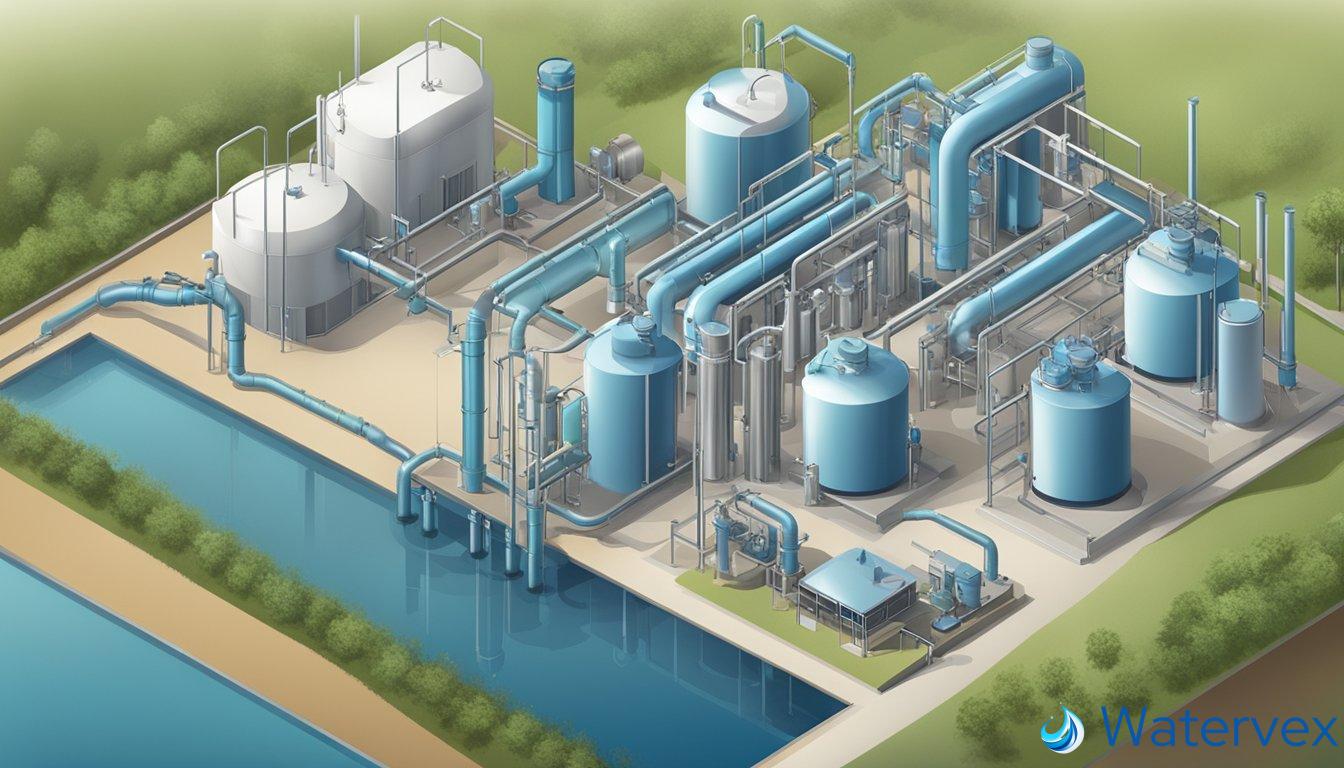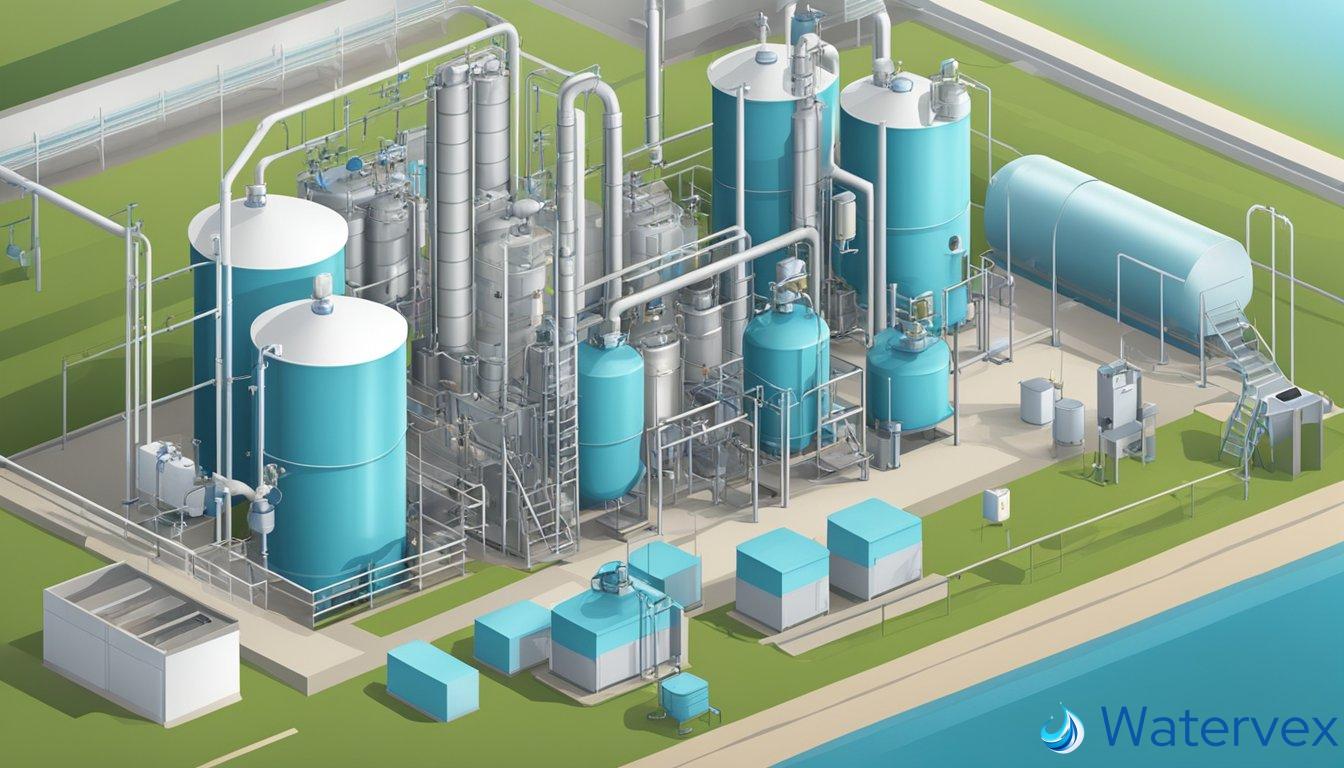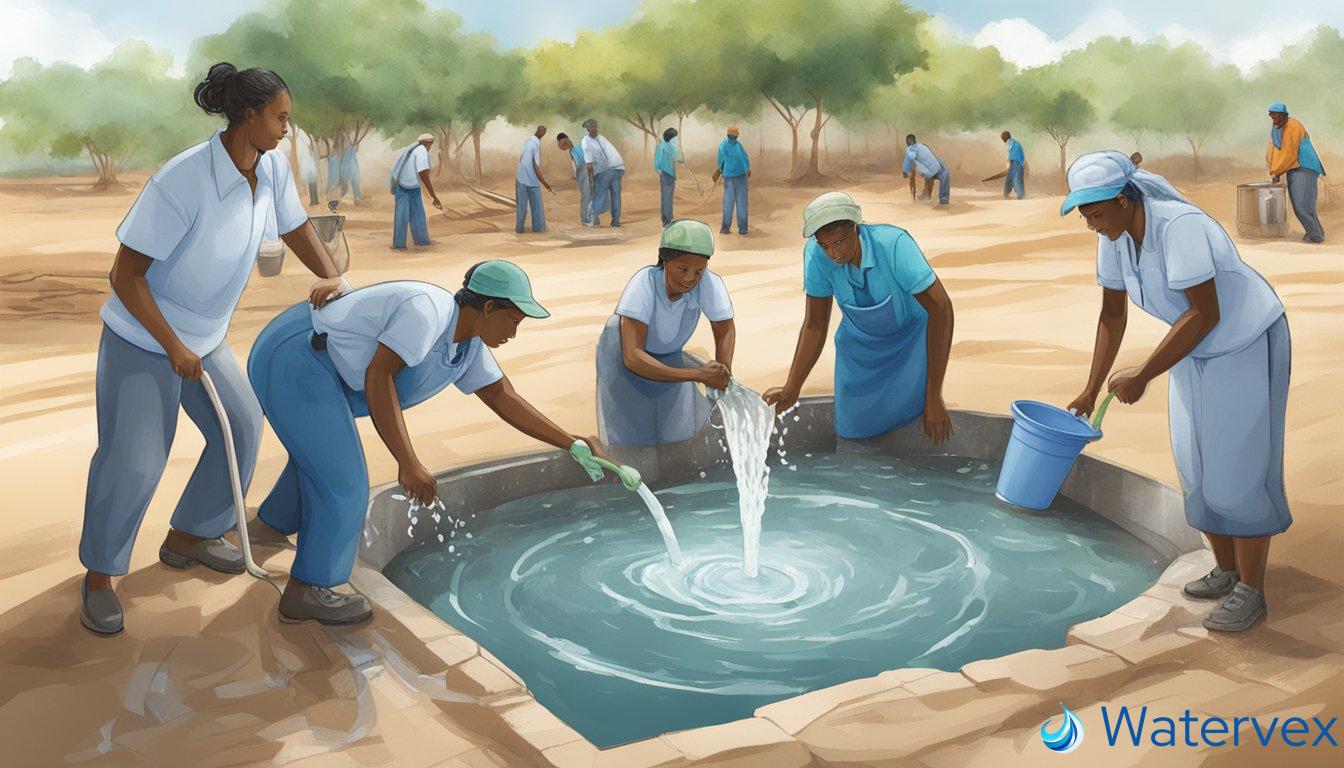Wash water treatment is a critical part of maintaining public health and ensuring access to safe water. The process takes used water, often referred to as wastewater, and treats it to meet health and safety standards before it’s released back into the environment or reused. It’s a complex topic that encompasses everything from household water treatment to large-scale municipal processes.

At the heart of wash water treatment lies the goal of disease prevention. By removing contaminants and reducing harmful microorganisms, treated water becomes safe for various uses—from irrigation to industrial activities, and even for drinking after appropriate treatments. This practice is especially vital for communities without access to clean water sources, as it can prevent waterborne diseases that are otherwise prevalent in such areas.
Wash water treatment methods range from simple boiling to sophisticated filtration systems designed to improve water quality. Innovation in this field has led to more efficient and effective ways to manage and sanitize water supplies, ensuring that both urban and rural populations have the means to protect themselves from health hazards. With global water challenges on the rise, the significance of these treatments becomes ever more apparent.
Key Takeaways
- Treatment processes ensure wash water meets health and safety standards.
- Effective wash water management contributes to disease prevention.
- Innovations in treatment technology enhance water quality for communities.
What Is Involved in Treating Wash Water?
Treating wash water, or wastewater, is a multifaceted process designed to ensure water quality and safety. Water treatment plays a crucial role in providing safe drinking water and maintaining adequate sanitation services.
Can Water Softeners Affect the Safety and Usability of Wash Water?
You may wonder how water softeners can impact your wash water. Typically, they introduce chemicals like sodium or potassium to replace hardness ions such as calcium and magnesium. This exchange can tilt the scales towards water quality that’s more conducive for your water supply at home. By cutting down the hardness, water becomes less harsh on your appliances, which translates into longer lifespans and efficiency gains.
When you’re looking at the broader treatment methods, remember, it’s not just about making water safe to sip. Sanitation services bank on treated water to prevent scale buildup in pipes, which is cranked out by treatment processes that strap out unwelcomed minerals. Besides, harnessing the right treatment can ram up the taste of your tap water and hitch a ride to cleaner laundry and dishwashing sessions.
The sway of water softeners on wash water quality doesn’t run dry with domestic uses. In the vast wilderness of wastewater, where water from showers to industrial equipment is rebuffed for reuse, the softening process steps in to shimmy down the contaminants.
It’s about striking a chord between removing the undesirables and keeping the essentials, so your wash water doesn’t turn tail and affect safe drinking water supplies. Whether it’s for slugging it out with pollutants in wastewater or simply offering a cup of peace to your appliances and water supply, a nod in the direction of proper water treatment can wrangle in clearer, cleaner, and safer water.
How Do Filtration Systems Improve Wash Water Quality?

Modern filtration technologies are key in enhancing the water quality of your wash water. Think of filtration as a defense strategy: it’s the barrier between unwanted substances and your family’s health. Whether you’re washing clothes or rinsing vegetables, clean water is essential. But how does this process actually work?
Filtration serves as the first line of defense by removing visible debris and microscopic pollutants. When water passes through a filtration system, it encounters multiple layers designed to catch different types of contaminants. The larger particles are trapped first, followed by smaller ones as the water moves through finer materials.
- Mechanical filters catch sediment and larger particles.
- Activated carbon filters absorb organic contaminants and chlorine, which can affect water taste and smell.
While improving water aesthetic, these systems also tackle bacteria and viruses, crucial for preventing disease. Advanced filters use technologies like reverse osmosis, trapping even the tiniest of invaders. Safe storage post-filtration ensures that once the water is cleaned, it stays that way.
Moreover, certain water treatment methods actively manage water hardness. Softened water prevents scale buildup in appliances, extending their lifespan and efficiency. This means not only safer water but also long-term savings for you, by protecting your home investments.
By understanding the risks associated with impure water and utilizing appropriate filtration solutions, you empower yourself to safeguard your family’s well-being. Stay informed about the specific technology your home needs—every drop of clean water counts towards a healthier, happier home.
The Importance of Sanitation and Hygiene

Effective sanitation and hygiene strategies are crucial components of public health. These practices are not just about cleanliness; they serve as a shield against various diseases. For instance, proper handwashing isn’t a mere rinse under water, but a methodical process using soap and clean water, which can reduce the spread of diarrheal diseases by nearly half.
Disease prevention through adequate sanitation facilities like toilets and sewer systems helps break the chain of infection. Hygiene promotion comes into play here, as it educates communities about the benefits of such practices. The adoption of correct hygiene habits is fundamental, particularly in the face of life-threatening illnesses.
Implementing interventions like safe water programs can protect communities by preventing waterborne diseases. For instance, safe methods for wash water treatment play a pivotal role in ensuring that water is not just visibly clean but also free from pathogens and harmful chemicals.
Protection from illnesses is not only about personal health but also about nutrient absorption. When your body is disease-free, it can adequately absorb the nutrients from your food, leading to better overall health.
When considering wash water treatment options for your home, identify solutions that offer not just safe water but also contribute to broader goals of sanitation and hygiene. Your actions can have a ripple effect, improving not just your family’s health but also contributing to the well-being of the wider community.
Collaborative Efforts and Global Commitment

Collaborative efforts across various sectors are essential in promoting effective WASH (Water, Sanitation, and Hygiene) services. Internationally, entities such as the World Health Organization (WHO) and the Centers for Disease Control and Prevention (CDC) are at the forefront of developing policies and providing advice for better water treatment practices.
- Global Partners: Strengthening ties between governments, businesses, and industries is crucial. With mutual accountability, entities leverage the expertise of engineers and finance sectors to foster socio-economic development.
- Capacity Building: Investing in local capacity building ensures the sustainability of WASH services. Training local workers and communities supports conservation efforts and proper maintenance.
- Policy and Regulations: Sound regulations guide the implementation of WASH projects, aligning them with sustainable practices that consider long-term environmental impact.
Using a partnership approach can significantly reduce poverty by ensuring access to clean water, thereby saving lives and reducing illness. Strong coordination helps to prevent outbreaks and bolster improved hygiene practices. Special attention to advice from health agencies enables countries to adapt strategies accordingly, aligning with the goal of global access to clean water.
- Advice and Protocols: The WHO and other organizations release standards and advice that harmonize global efforts in water sanitation. This advice impacts everything from household water usage to the operations of large-scale water treatment facilities.
In your own community, engaging with local WASH services and participating in discussions around policy and practice can have profound impacts. Your support contributes to the broader global goal of ensuring sustainable water services for all.

